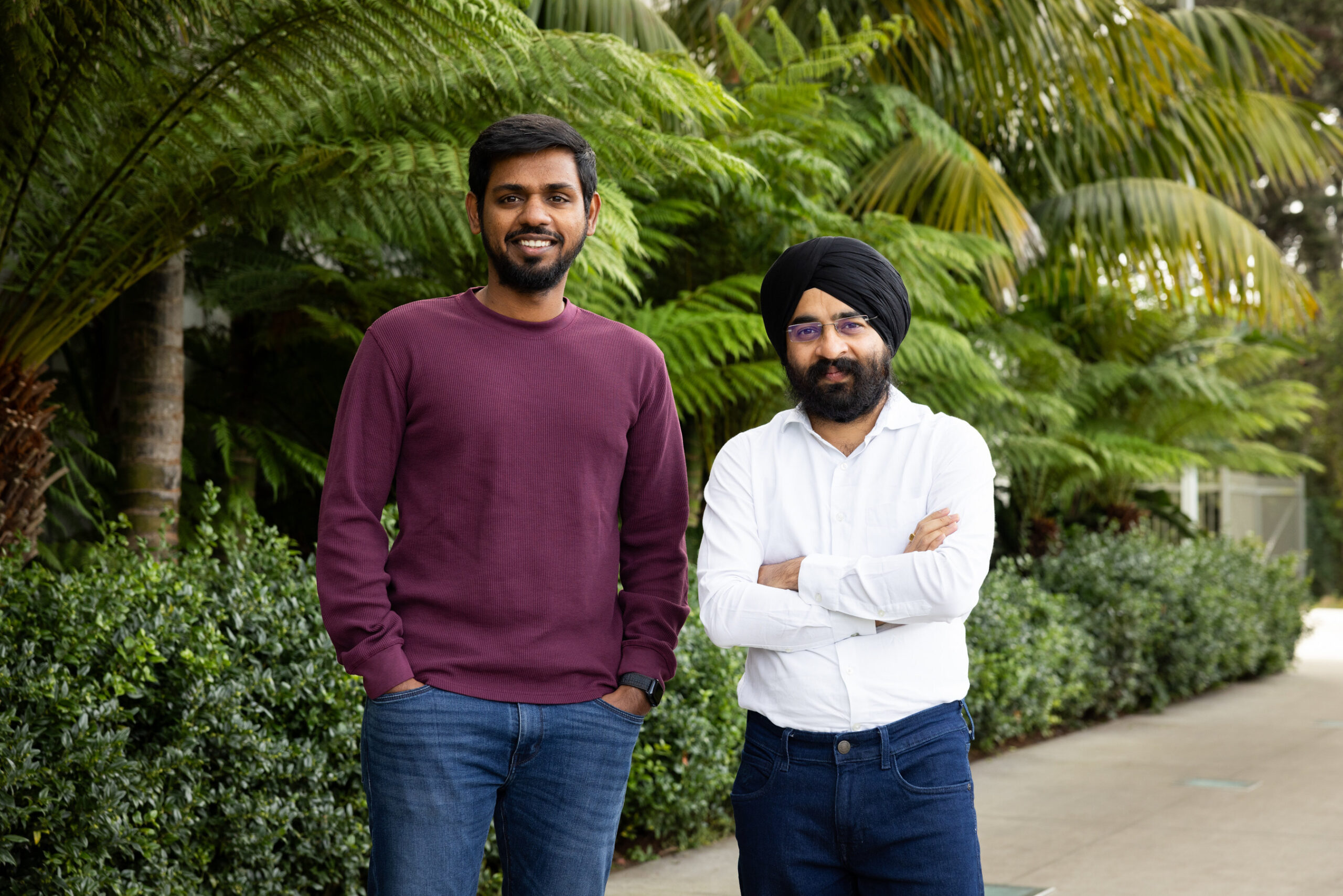In an industry long anchored by labour-intensive back-office operations, one company is attempting a system-level rethink. Arya Health today announced a US $18.2 million Series A funding round led by ACME Capital, bringing its total raised capital to US $25 million.
Based in New York, Arya Health targets the administrative burden of the post-acute care sector—home health, hospice, and long-term care agencies—which are grappling with caregiver shortages, margin pressure, rising wages and intensifying regulation. At the heart of Arya’s offering is a set of AI-powered “digital agents” that sit alongside existing Electronic Medical Record (EMR) systems, handling tasks such as caregiver scheduling, compliance tracking, onboarding pipelines and soon patient-intake operations. PR Newswire
Co-founder and CEO Kunal Sarda explains the logic: “Post-acute care organisations spend roughly 25 cents of every dollar on non-clinical tasks. That’s time and money that should be going toward caregivers and patients, not process.” For Arya, the offering is positioned not as a clinical AI tool, but as a workforce-automation engine designed to free up human capital to focus on patient-care rather than paperwork.
Arya’s current product suite includes:
An Onboarding Agent that claims to slash “time-to-first-staffing” by 50% and cut administrative effort by 70%.
A Talent Acquisition Agent which autonomously recruits and schedules caregivers, reducing human effort by about 60%.
A Compliance Agent that tracks license renewals and deploys within one week.
An upcoming Intake Agent (planned for Q4) aimed at accelerating patient start-of-care and removing back-office choke-points.
On the growth front, Arya says it has grown revenue more than six-fold in 2025 and is on track for ten-fold year-over-year growth by year-end. To bolster its sectoral credibility, Arya has appointed Melinda Phillips, formerly CEO of Thrive Skilled Pediatric Care (now under Aveanna) to lead its new “Care@Home Center of Excellence”. Her role: help scale AI adoption across home-care providers.
Investors argue the timing is right. “Arya represents exactly the kind of innovation post-acute care needs right now,” says Aike Ho, Partner at ACME Capital. “They’re pairing deep operational expertise with cutting-edge AI to unlock entirely new economics for providers, without sacrificing the humanity at the heart of care.”
Analysis: Why it matters & what’s next
The back-office of post-acute care has long been an unglamorous but critical cost centre. Too often, agencies are weighed down by scheduling inefficiencies, compliance tracking, licence renewals, caregiver churn and patient intake bottlenecks. By abstracting these away into configurable digital agents, Arya is effectively turning these cost centres into automatable workflows—and enabling agencies to redeploy human effort into higher-value tasks (caregiver support, patient outreach) or simply reduce overhead.
That said, the market is not without its risks. For one, integration with legacy EMRs—and the data quality therein—is often a pain point. Arya claims its agents can plug into systems via API, worksheet automation or ETL pipelines. aryahealth.ai But real-world deployments may face complexity when dealing with fragmented systems, state-specific regulations and patchwork workflows. Execution will matter.
From a potential standpoint, Arya occupies a sweet-spot between operational optimisation and clinical digitisation. If it can deliver consistent ROI (e.g., “less than 60-day payback” claims on the website) and scale beyond early adopters, it stands to capture a sizable portion of the post-acute care tech stack. International expansion (beyond the U.S.) could be a next frontier, especially given the offsets in mature markets between caregiver supply challenges and regulatory overheads.
In short: Arya has the right thesis at the right moment. The key question now is execution—can it scale fast enough, while seamlessly integrating with disparate provider systems, and preserve its “human- centred” promise in an automation narrative?
If you need further assistance or have any corrections, please reach out to editor@thetimesmag.com.
For more such article visit www.thetimesmag.com











